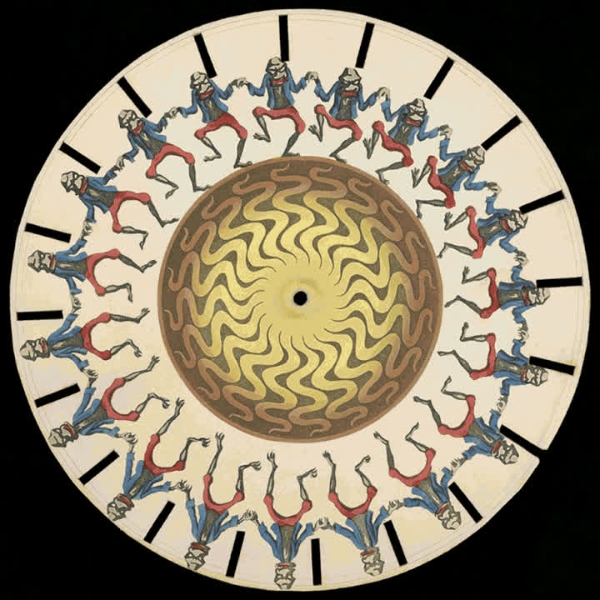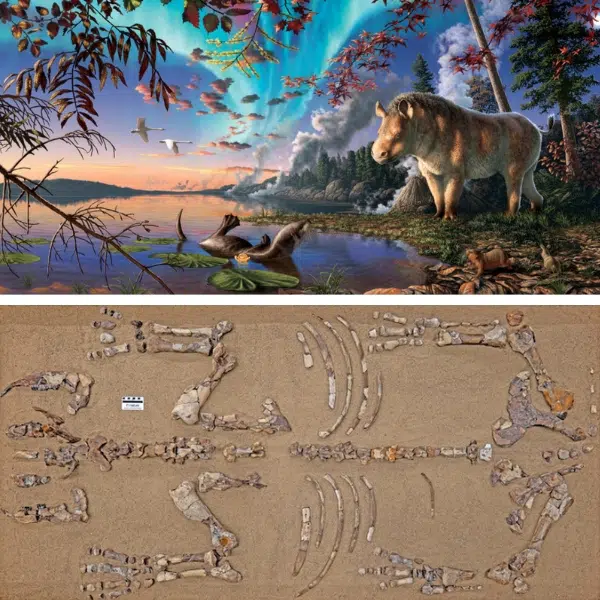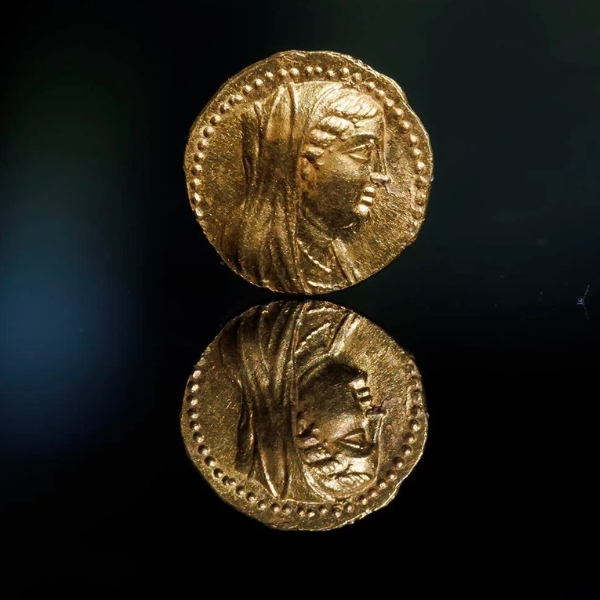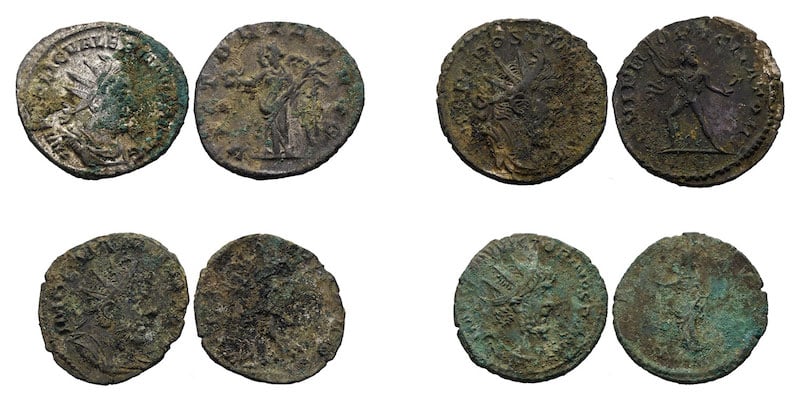
Roman-era coins found in Germany. (Photo: courtesy of GDKE RLP, Landesarchäologie Koblenz)
At its height, Rome was unparalleled in its artistic, cultural, and global influence. By 117 CE, the Roman Empire spanned three continents, including Asia Minor, northern Africa, and most of Europe. Recently, a hoard of Roman-era coins was found in Germany, miles from the Empire’s frontlines, and poses intriguing questions about their discovery in enemy territory.
A licensed metal detectorist uncovered close to 3,000 coins near Herschbach, a German town far from both ancient Roman borders and any known Germanic tribe settlements. A subsequent excavation by government archaeologists exhumed about 2,940 coins and more than 200 decorative silver fragments buried inside a ceramic pot lodged between two rocks. The artifacts were, unfortunately, poorly preserved, making the identification process challenging and time-consuming.
So far, only 100 coins have been properly identified, with the oldest coins depicting Roman emperor Gordianus III (ruled 238-244 CE) and the newest featuring Gallic emperor Victorinus (ruled ca. 269-271 CE). Under these parameters, archaeologists have dated coins between 241 and 271 CE, meaning they were most likely buried in the early 270s.
The hoard’s location is remarkable, given its distance from both the Roman and Gallic Empires. There are several possibilities for why these coins were buried in enemy territory, such as the Gallic Empire bribing German elites into not attacking them. Archaeologists, however, are still puzzled as to why the stash was discovered in the Westerwald mountains by Herschbach since the area wasn’t home to any known Germanic settlements.
The extraordinary discovery inspires more questions than it currently answers, but researchers are hopeful that further identification will lead to stronger insights.
A hoard of Roman-era coins were found in Germany, buried in a ceramic pot miles from Roman borders and any known Germanic settlements.

The ceramic pot in which the coins and silver fragments were discovered. (Photo: courtesy of GDKE RLP, Landesarchäologie Koblenz)
The ceramic pot held nearly 3,000 coins and more than 200 decorative silver fragments.
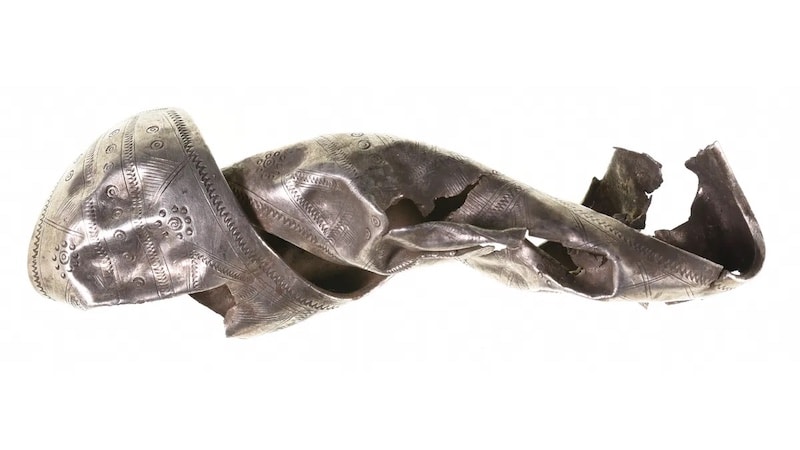
A decorative silver fragment found in Germany, along with the hoard of Roman-era coins. (Photo: courtesy of GDKE RLP, Landesarchäologie Koblenz)
All images via GDKE RLP, Landesarchäologie Koblenz.
Source: Rare hoard of Roman-era coins discovered in German mountains — miles from the empire's frontlines
Related Articles:
1,700-Year-Old Roman Statue Accidentally Unearthed in Near-Perfect Condition
Ancient Roman Mosaic of Marine Life Discovered in England
Roman Road Is Found Buried Under an English Village Schoolyard











































































